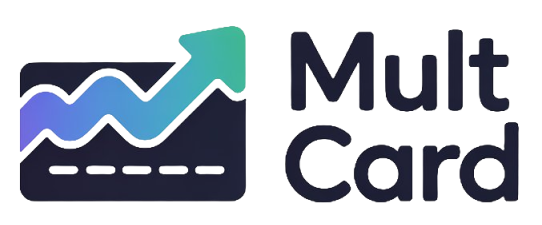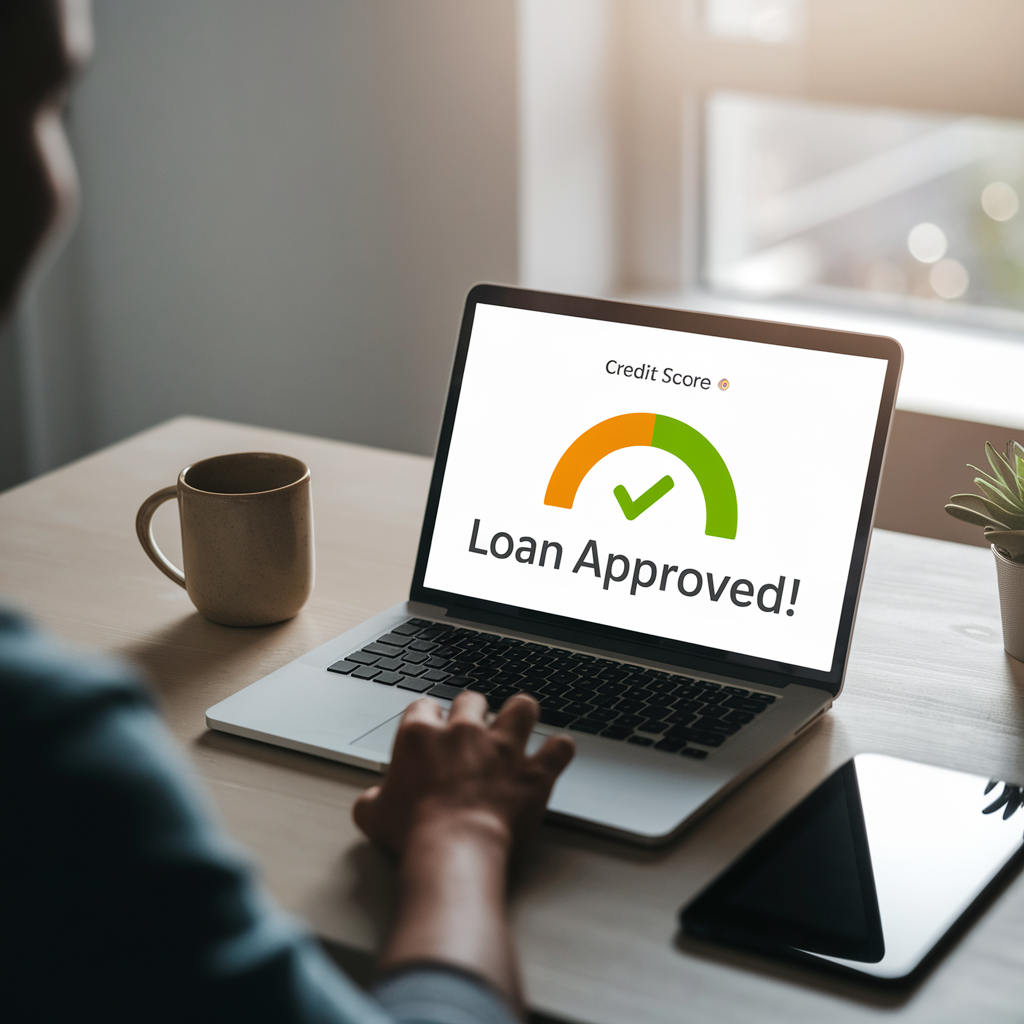Navigating the world of personal loans can feel overwhelming, especially when you’re trying to secure the most favorable terms. Whether you’re consolidating debt, planning a home renovation, or covering an unexpected expense, the interest rate you get can save you—or cost you—thousands of dollars over the life of the loan.
This comprehensive guide is designed to demystify the process. We’ll break down what influences your interest rate, where to look for the most competitive offers, and how to compare them like a pro. By the end, you’ll have the confidence and knowledge to find a loan that fits your budget and financial goals.
Understanding Personal Loan Rates: What is APR?
When lenders present a loan offer, you’ll see two key numbers: the interest rate and the Annual Percentage Rate (APR). It’s crucial to understand the difference. The interest rate is simply the cost of borrowing the money, expressed as a percentage of the principal. The APR, however, is the true, all-encompassing cost of the loan.
The Difference Between Interest Rate and APR
Think of the APR as the most accurate number for comparing loan offers. It includes the base interest rate plus any additional fees the lender charges. Common fees rolled into the APR include:
- Origination Fees: A one-time fee, often a percentage of the loan amount, that the lender charges for processing your application.
- Application Fees: Some lenders may charge a fee just to apply, though this is less common with online lenders.
- Closing Costs: More common with mortgages but can sometimes apply to larger personal loans.
Because the APR provides a complete picture of the borrowing cost, you should always use it as your primary point of comparison. A loan with a lower interest rate but a high origination fee could end up being more expensive than a loan with a slightly higher interest rate and no fees.
Factors That Influence Your Personal Loan Rate
Lenders don’t pick interest rates out of a hat. They use a sophisticated risk assessment model to determine the likelihood that you’ll pay back the loan on time. The lower your perceived risk, the lower your rate will be. Here are the key factors they evaluate.
Credit Score: The Most Important Factor
Your credit score is a numerical representation of your creditworthiness and the single biggest influence on your interest rate. Lenders use it to quickly gauge your history of managing debt. Scores are typically categorized as follows:
- Excellent (800-850): You’ll have access to the lowest rates and best terms.
- Very Good (740-799): You can still expect highly competitive rates.
- Good (670-739): You’ll qualify with most lenders, but rates will be slightly higher.
- Fair (580-669): Your options become more limited, and rates will be significantly higher.
- Poor (300-579): Qualifying is difficult, and you’ll face the highest interest rates.
Debt-to-Income (DTI) Ratio
Your DTI ratio compares your total monthly debt payments (including your potential new loan payment) to your gross monthly income. Lenders use this to see if you can comfortably afford to take on new debt. A DTI below 36% is generally considered ideal, though some lenders may accept up to 43% or even 50%. A lower DTI signals to lenders that you have plenty of cash flow to handle your obligations, reducing their risk and potentially earning you a better rate.
Loan Term and Amount
The length of your loan (the term) also affects your rate. Shorter-term loans (e.g., 2-3 years) are less risky for lenders because they get their money back faster. As a result, they often come with lower interest rates. However, the monthly payments will be higher. Longer-term loans (e.g., 5-7 years) have lower monthly payments but typically carry higher interest rates to compensate the lender for the extended risk. You will also pay significantly more in total interest over the life of a longer loan.
Employment and Income Stability
Lenders want to see a stable and verifiable source of income. A long history with your current employer and a consistent income stream demonstrate that you have the means to make your payments each month. Freelancers or those with variable income can still qualify, but they may need to provide more extensive documentation, such as several years of tax returns.
Where to Find the Best Personal Loan Rates
You have more options than ever when it comes to finding a personal loan. The three main sources are online lenders, credit unions, and traditional banks. Each has its own set of pros and cons.
| Lender Type | Typical Rates | Pros | Cons |
|---|---|---|---|
| Online Lenders | Highly Competitive | Fast application/funding, streamlined process, wider credit range accepted. | No in-person service, origination fees can be high. |
| Credit Unions | Often the Lowest | Member-focused, lower fees, more flexible underwriting. | Must meet membership requirements, may have slower process. |
| Traditional Banks | Competitive for Good Credit | Existing relationship may help, in-person support, multiple products. | Stricter credit requirements, potentially slower funding. |
Step-by-Step Guide to Comparing Personal Loan Offers
To ensure you get the best deal, you must be methodical in your approach. Following these steps will help you compare offers effectively without hurting your credit score.
Step 1: Check Your Credit Score
Before you even start looking, you need to know where you stand. Knowing your credit score will give you a realistic idea of the rates you can expect. You can get your free credit report and score from various sources, including many credit card companies or free credit monitoring services. A great place to start is directly with the major bureaus like Experian, which can provide detailed insights into your credit history.
Step 2: Determine How Much You Need to Borrow
Be precise about the amount you need. Create a budget for your project or calculate the exact total of the debts you want to consolidate. Borrowing more than you need means you’ll pay unnecessary interest. Borrowing too little could leave you in a bind. Having a specific number will also help you get more accurate quotes.
Step 3: Get Pre-Qualified with Multiple Lenders
This is the most important step in shopping around. Pre-qualification allows you to see the potential rates, terms, and loan amounts you could be offered without impacting your credit score. This is because it only requires a soft credit check. Make it a goal to get pre-qualified with at least three to five different lenders, including a mix of online lenders, banks, and credit unions.
Step 4: Carefully Compare the Loan Offers
Once you have your offers, create a spreadsheet or list to compare them side-by-side. Don’t just look at the monthly payment. Analyze these key details:
- The APR: Your number one comparison tool.
- Origination Fees: Note if this is deducted from the loan amount or rolled into it.
- Monthly Payment: Ensure it fits comfortably within your budget.
- Loan Term: How many months will you be paying?
- Total Cost of Borrowing: Multiply the monthly payment by the number of months to see the total you’ll repay.
- Prepayment Penalties: Check if the lender charges a fee for paying the loan off early. Most reputable lenders do not.
Step 5: Submit Your Formal Application
After choosing the best offer, you can proceed with the formal application. This stage will require a hard credit check, which can cause a small, temporary dip in your credit score. You’ll also need to provide documentation like pay stubs, bank statements, and a government-issued ID.
Tips for Securing the Lowest Possible Personal Loan Rate
If you’re not in a rush, you can take steps to become a more attractive borrower and unlock better rates.
- Improve Your Credit Score: The most impactful action you can take. Focus on paying all bills on time, paying down credit card balances to lower your credit utilization, and disputing any errors on your credit report.
- Lower Your Debt-to-Income Ratio: Before applying, try to pay down some existing debt. You can find many tools online to help you calculate your DTI and see where you can make improvements.
- Consider a Co-signer: If your credit is fair or you have a high DTI, applying with a co-signer who has excellent credit can help you qualify for a much lower rate. Just remember, the co-signer is legally responsible for the debt if you fail to pay.
- Choose the Shortest Term You Can Afford: A shorter loan term means a higher monthly payment, but it will almost always come with a lower APR and save you a substantial amount in total interest.
- Shop Around Extensively: Don’t just accept the first offer you receive. The more lenders you compare, the higher your chances of finding an excellent rate.
Frequently Asked Questions (FAQ)
What is considered a good personal loan rate?
A “good” rate is relative and depends heavily on your credit score and current market conditions. As of late 2023, borrowers with excellent credit (760+) might find rates between 7% and 12% APR. Those with good credit (680-759) might see rates from 13% to 19%, while fair credit borrowers could be looking at rates of 20% to 30% or higher. Anything under 10% is generally considered an excellent rate.
Can I get a personal loan with bad credit?
Yes, it is possible to get a personal loan with bad credit, but your options will be limited and the costs will be very high. You’ll likely need to look at lenders who specialize in subprime lending. The APR on these loans can often exceed 36%, so it’s critical to ensure you can afford the payments before committing. Improving your credit score before applying is the best strategy. The Federal Trade Commission offers valuable resources on how to manage debt and credit effectively.
How quickly can I get a personal loan?
Funding speed varies by lender. Online lenders are typically the fastest, with many able to approve and fund a loan within one to two business days, and some even offer same-day funding. Traditional banks and credit unions may take longer, often requiring several business days to a week to process the application and disburse the funds.
Finding the right personal loan is about more than just getting the money you need; it’s about finding a financial tool that works for you, not against you. By understanding how rates are determined, knowing where to look, and carefully comparing your offers, you empower yourself to make a smart financial decision. The effort you put into research now will pay dividends in the form of lower payments and significant long-term savings.
For more detailed, unbiased information on consumer lending, you can always consult official resources to help you understand the best personal loan rates and practices as outlined by the Consumer Financial Protection Bureau.






